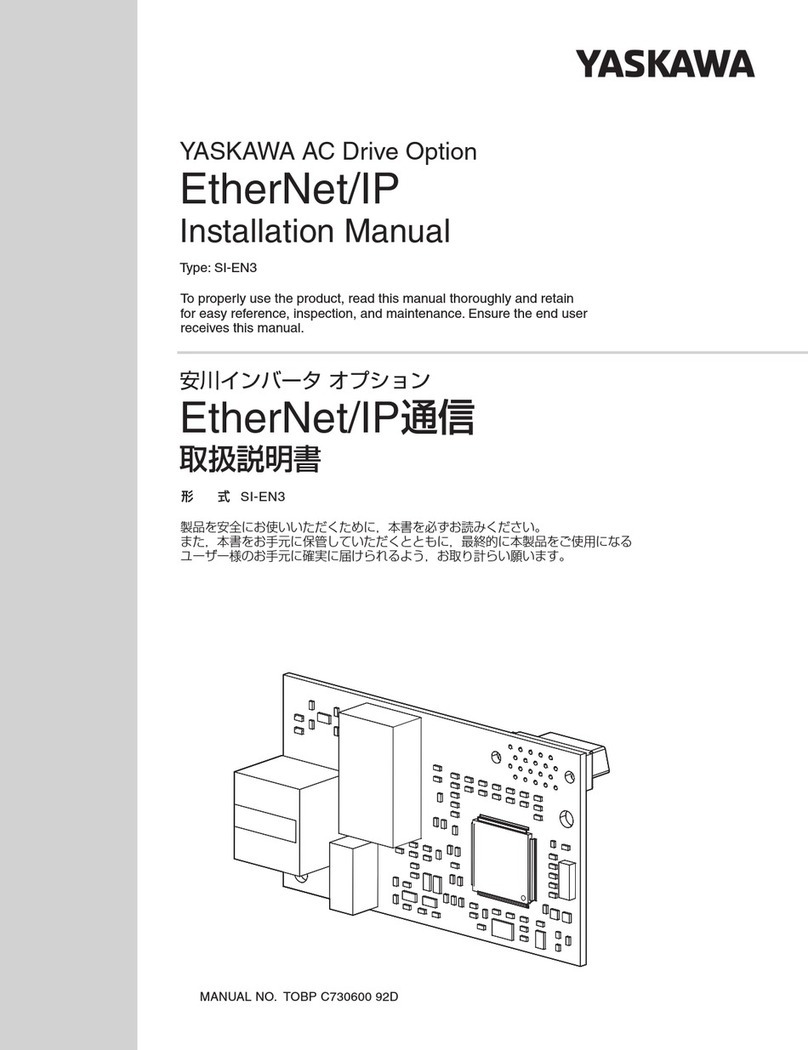
FS100
ix
7.1.3 Manipulator Home Position ................................................................................ 7-10
7.2 Position Deviation Check Using the Check Program.......................................................7-11
7.3 Checking of the Check Program......................................................................................7-12
7.3.1 Motion of the Check Program.............................................................................7-12
7.3.2 Checking of the Check Program.........................................................................7-12
7.3.3 Home Position Data Correction..........................................................................7-13
7.4 Setting the Second Home Position (Check Point)...........................................................7-14
7.4.1 Purpose of Position Check Operation ................................................................7-16
7.4.2 Procedure for the Second Home Position Setting (Check Point).......................7-18
7.4.3 Procedure after the Alarm ..................................................................................7-19
8 System Diagnosis...........................................................................................................................8-1
8.1 System Version..................................................................................................................8-1
8.2 Manipulator Model.............................................................................................................8-1
8.3 Input/Output Status............................................................................................................8-2
8.3.1 Universal Input .....................................................................................................8-2
8.3.1.1 Universal Input Window...........................................................................8-2
8.3.1.2 Universal Input Simple Window...............................................................8-2
8.3.2 Universal Output...................................................................................................8-3
8.3.2.1 Universal Output Window........................................................................8-3
8.3.2.2 Universal Output Simple Window............................................................8-3
8.3.2.3 Modifying the Output Status....................................................................8-4
8.3.3 Specific Input........................................................................................................8-5
8.3.3.1 Specified Input Window...........................................................................8-5
8.3.3.2 Specific Input Simple Window.................................................................8-5
8.3.4 Specific Output.....................................................................................................8-6
8.3.4.1 Specified Output Window........................................................................8-6
8.3.4.2 Specific Output Simple Window..............................................................8-6
8.3.5 RIN Input ..............................................................................................................8-7
8.3.5.1 RIN Input Window ...................................................................................8-7
8.3.6 Signal Number Search .........................................................................................8-8
8.3.6.1 Direct Search on the Universal/Specified Input/Output Window.............8-9
8.3.6.2 Search from the Menu...........................................................................8-10
8.3.7 Relay Number Search........................................................................................8-11
8.3.7.1 Direct Search on the Universal/Specified Input/Output Window...........8-12
8.3.7.2 Search from the Menu...........................................................................8-13
8.3.8 Modification of the Signal Name.........................................................................8-14
8.3.8.1 Direct Modification on the Universal/Specified Input/Output Window ...8-14
8.3.8.2 Modification from the Menu...................................................................8-15




























